luthj
Engineer In Residence
Greenstone and Caples Tracks
NZ is all about its longer, overnight hikes. So, we decided to take the plunge and try one. Greenstone and Caples tracks seemed like a good start, as it was a loop and only 4 days and 3 nights. Staying along the river valleys, except for one saddle crossing, it was a good choice for our first tramp with packs.

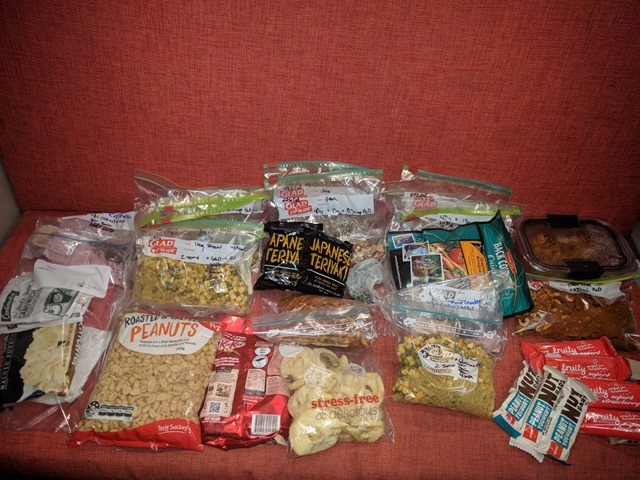
We spent the night before planning and packing our food. This was 5 days (one spare) of meals and snacks for us.

Starting off.
We decided to follow the suggestions in the Lonely Planet book, Hiking and Tramping in New Zealand, which had us going up the Caples first then down the Greenstone. Turns out this was a bad idea from the start. First of all, the first night had you staying at Upper Caples Hut, which is no longer a public DOC hut, but we did not discover this until we were already on our way. As we passed the intersection with the Greenstone track, some other hikers inquired about where we were staying tonight. Upon some discussion, we learned that wasn’t really an option, which meant that we would be staying at Mid Caples Hut instead. This wasn’t too big of a deal, except that it made our 2nd day a really long day (22km) coupled with the most elevation gain. On the downhill that day, we both got blisters, which made our last two days tougher than the should have been. Plus, the Caples Track is more scenic than the Greenstone Track, so I recommend doing the Greenstone then the Caples. Definitely a learning experience, reminding us that we should always preview the route and huts online before embarking on our journey. Still, despite all that, it was still a good track for us to start off on and we enjoyed it. The weather was nearly perfect, as well.

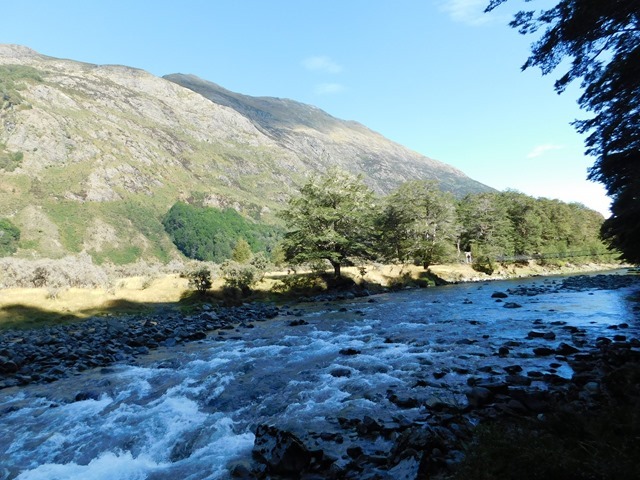

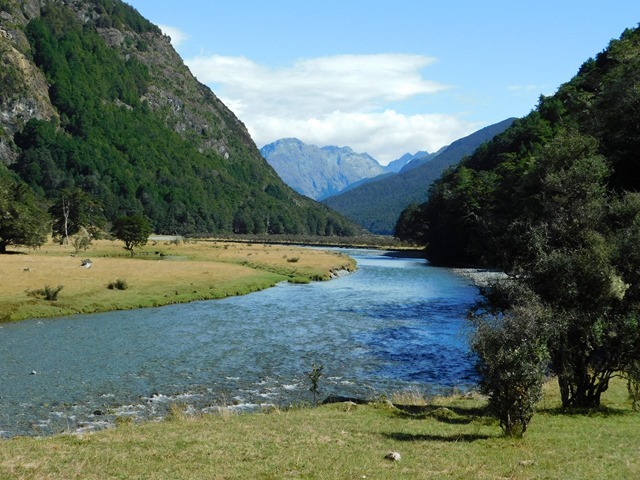

Right before the hut was a surprising little gorge.

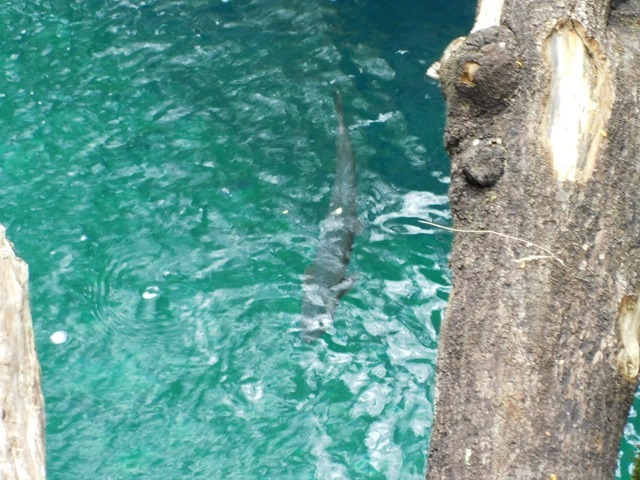
A fat trout was happily swimming in it where no fisher could reach it.
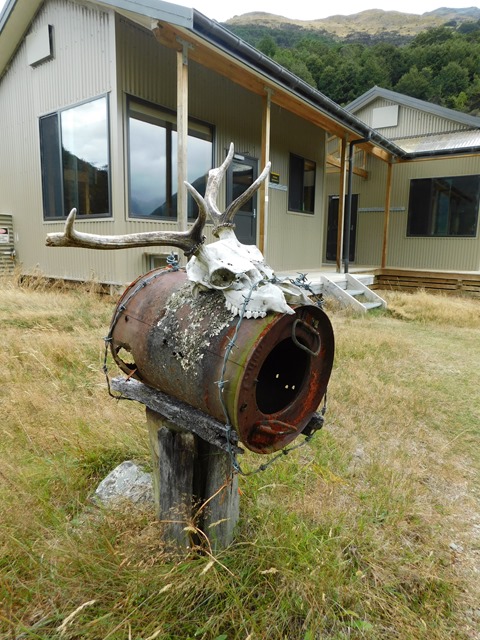
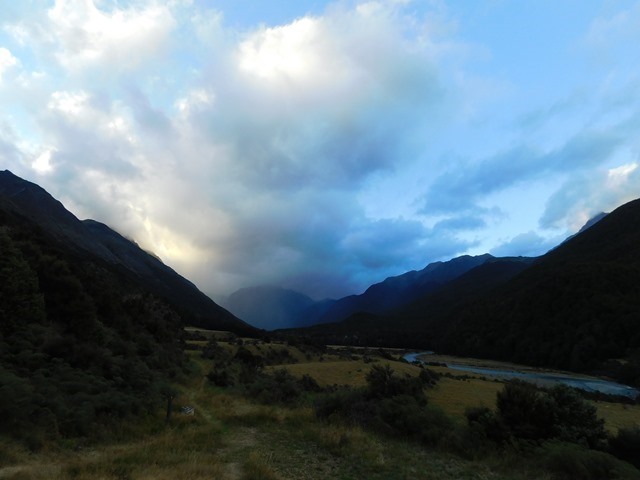
Sunset.

Sunrise.
 We started off early the next morning and were surrounded by lots of birds. Robins, riflemen, tomtits frequented the path.
We started off early the next morning and were surrounded by lots of birds. Robins, riflemen, tomtits frequented the path.
By Jen.NZ is all about its longer, overnight hikes. So, we decided to take the plunge and try one. Greenstone and Caples tracks seemed like a good start, as it was a loop and only 4 days and 3 nights. Staying along the river valleys, except for one saddle crossing, it was a good choice for our first tramp with packs.
We spent the night before planning and packing our food. This was 5 days (one spare) of meals and snacks for us.
Starting off.
Right before the hut was a surprising little gorge.
A fat trout was happily swimming in it where no fisher could reach it.
Sunset.
Sunrise.
